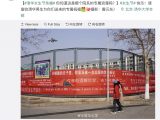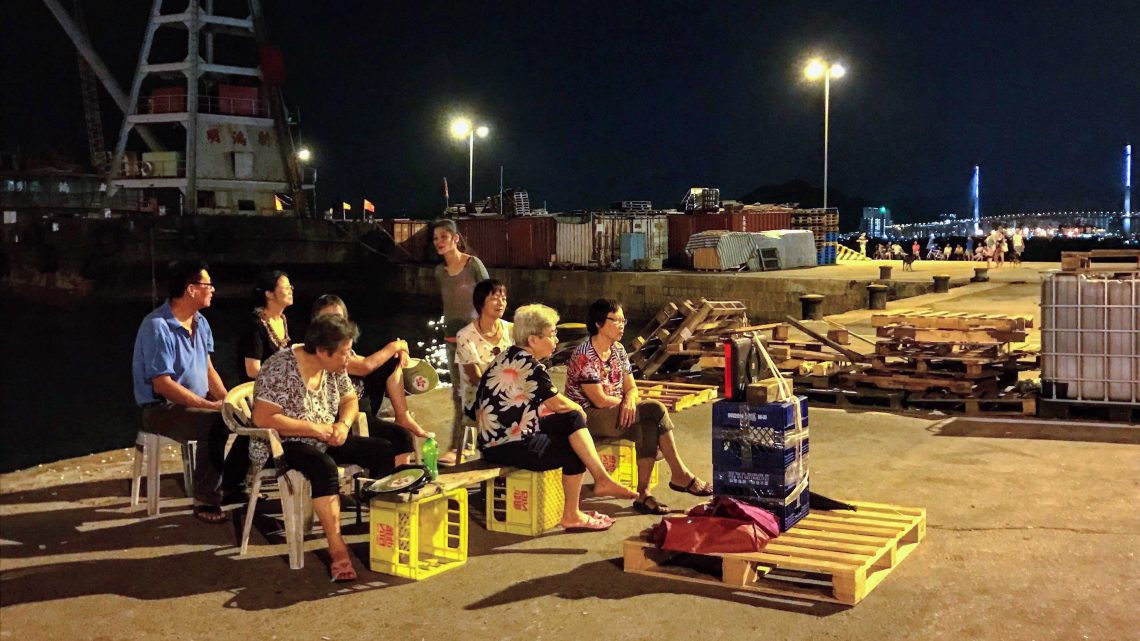
Instagram Pier Was a Respite for Hong Kongers. Now It’s Closed.
March 8, 2021 Off By Nikki NatividadEvery day, people would gather at Hong Kong’s “Instagram Pier” to take selfies, hold picnics, and pose for wedding photos while appreciating the view of the Victoria Harbour. Officially named the Western District Public Cargo Working Area (PCWA), it’s become more than just a terminal, and has turned into a local attraction. That was until officials closed it off to the public on March 1. The new policy is meant to control the spread of COVID-19, but it has instead led to a larger conversation about the lack of public spaces in the densely populated city.
The pier, located on the waterfront of Hong Kong Island’s Sai Wan district, is named after the throngs of visitors who go there to take “Instagram-worthy” photos — like cupping the sun as it sets or doing yoga poses by the water. There’s even an Instagram account that collates pictures people post from the area. The pier is popular for its industrial vibe — shipping containers, boats, piles of construction materials, and excavators make for a unique backdrop that’s very different from delicately designed public parks. It was also a go-to for residents looking to stroll or get away from more congested areas.
“My wife and I had some of our first dates at that pier some seven years ago,” resident Frank Saunders Jr., told VICE World News. “We’ve been walking our dog there for at least the past four years.”
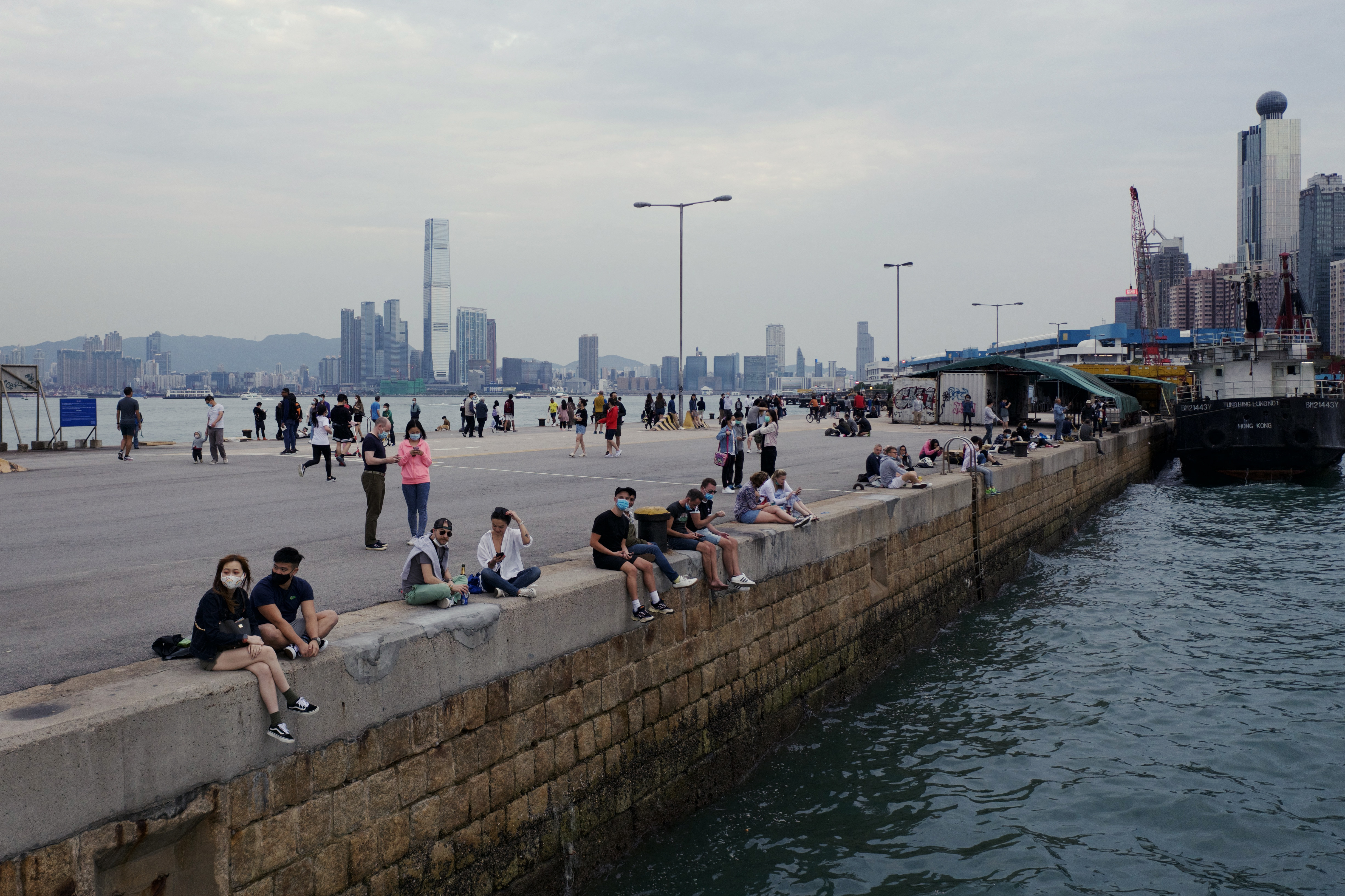
Many were dejected to hear about the pier’s sudden closure to the public.
“[The pier] was part of my life,” Ami Vora, a business development professional who took regular walks across the pier, told VICE World News. “It was literally the highlight of my day. I would just stand there and soak in the beauty, and then finish my run.”
For many people in Hong Kong, the pier was a reprieve from the stress of daily life. It was a big open space with no barricades and a fantastic view, much unlike other public spaces in the city.
“The other parks are small and walking tracks are also in between tall buildings, so [they] wouldn’t give you enough space. In Hong Kong, the houses are so small. This road to the harbor and Instagram Pier makes you feel like you have so much space to breathe,” Vora said.
There is general discontent among residents over the way spaces are distributed and managed in Hong Kong; public spaces are designed more for efficiency and economy than recreation. And the closing of Instagram Pier amid the spread of COVID-19 has only highlighted the inadequacies of such places. During the start of the pandemic, people were banned from entering restaurants, which led to outdoor workers taking breaks in urban parks under extreme heat, or in public toilets during heavy rains. Now that Instagram Pier is closed, citizens don’t have many options for free, unregulated recreational activity.
“Since the time the [pier] has been closed, I haven’t gone for a walk,” Vora said.
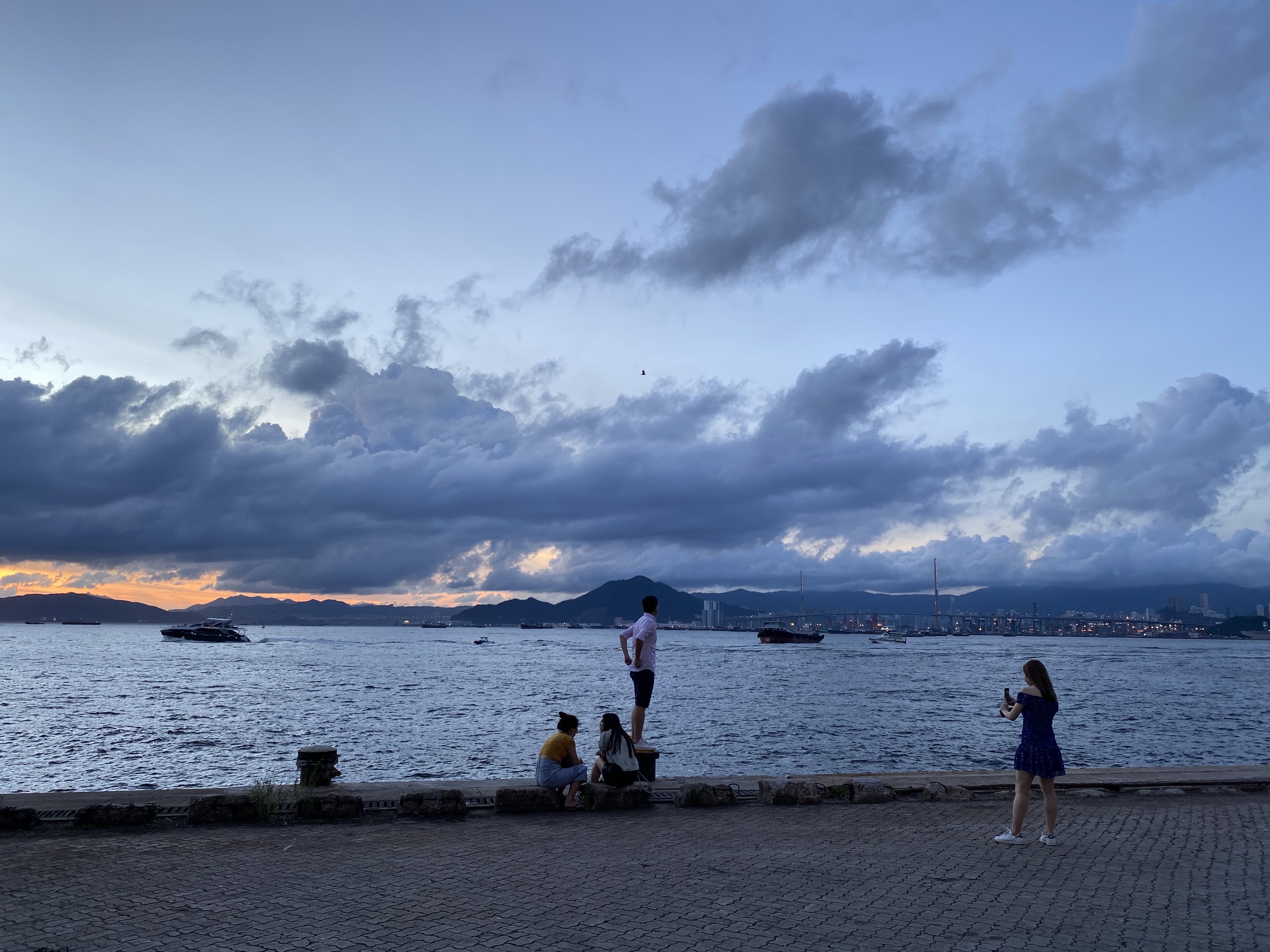
The problem is, the pier isn’t technically a recreational space. It is under the Marine Department’s (MD) Cargo Handling Section, a government body that manages and oversees all public cargo working areas. In fact, the MD has made efforts to keep the public from entering the pier in the past. Last year, it threatened fines of HK$10,000 ($1,289) and six months jail time, but these warnings were largely ignored by the public and citizens continued to frequent the cargo area.
“Since the pier is [not actually a public space], it was like a free-for-all,” Julienne Raboca, a 32-year-old marketing manager who lives in the area, told VICE World News. “No one would stop you if you were skateboarding or taking pictures, which — in other [parks] run by the government — they would regulate [through signage].”
Open space planning in Hong Kong is regulated using the Hong Kong Planning Standards and Guidelines (HKPSG), the government’s criteria for various land uses and facilities. These guidelines make distinctions between different types of spaces. Among the types of public open spaces, there are active open spaces for outdoor recreation and passive open spaces like parks, gardens, and children’s playgrounds. For any district in Hong Kong, there must be a 3:2 active to passive ratio. These distinctions and ratios have led to strict regulatory controls over the design of public spaces, according to a critique written by Jason Carlow, an assistant professor at the University of Hong Kong. Boundaries like fences and barriers are installed to divide spaces, and park management officers impose rules for easy maintenance of facilities. Carlow wrote that “through prescribing exactly what a public space may be used for…spaces become over-programmed in terms of what can be done there to the point that anything else done in those spaces becomes forbidden.”
“If you go into a park, you can’t bring a dog with you,” Anson Ma, a 26-year-old senior digital specialist, told VICE World News. “You have to go to a dog park, and we didn’t [get one in our area] until mid-October or November last year.”
The HKPSG acknowledges that recreation “stems from a basic human need for activities” and is important for the physical well-being of individuals and the community, but the public spaces that have sprung forth from their guidelines have resulted in areas where there are more rules than leisure.
“In some beaches, you’re not even allowed to play beach volleyball,” Raboca said.
A 2017 study from the Hong Kong-based think tank Civic Exchange, pointed out other flaws in the HKPSG that contribute to the inadequate public spaces. For example, the standard open or public space allotted per person in urban areas in the current HKPSG sits at 2 square meters — the spatial equivalent of a toilet bowl. The study also noted the uneven distribution of public space, the undeveloped tracts of land zoned for public space, and the inaccessibility of public open spaces in private developments.
In the 1980s, the Hong Kong government created policies that introduced “Privately Owned Public Spaces,” intended to address the shortage of public spaces in Hong Kong and improve spatial quality by integrating public spaces with new developments. However, experts say that many of these private developments are actually designed to be uncomfortable to prevent people from idling and to push them to shop.
The Hong Kong government has since made progress, building new and renovating existing spaces to be more accommodating. It has put up 26 new pet gardens and 12 new parks and gardens with large lawn areas since 2010. In 2018, there were 1,500 government-managed parks and playgrounds.
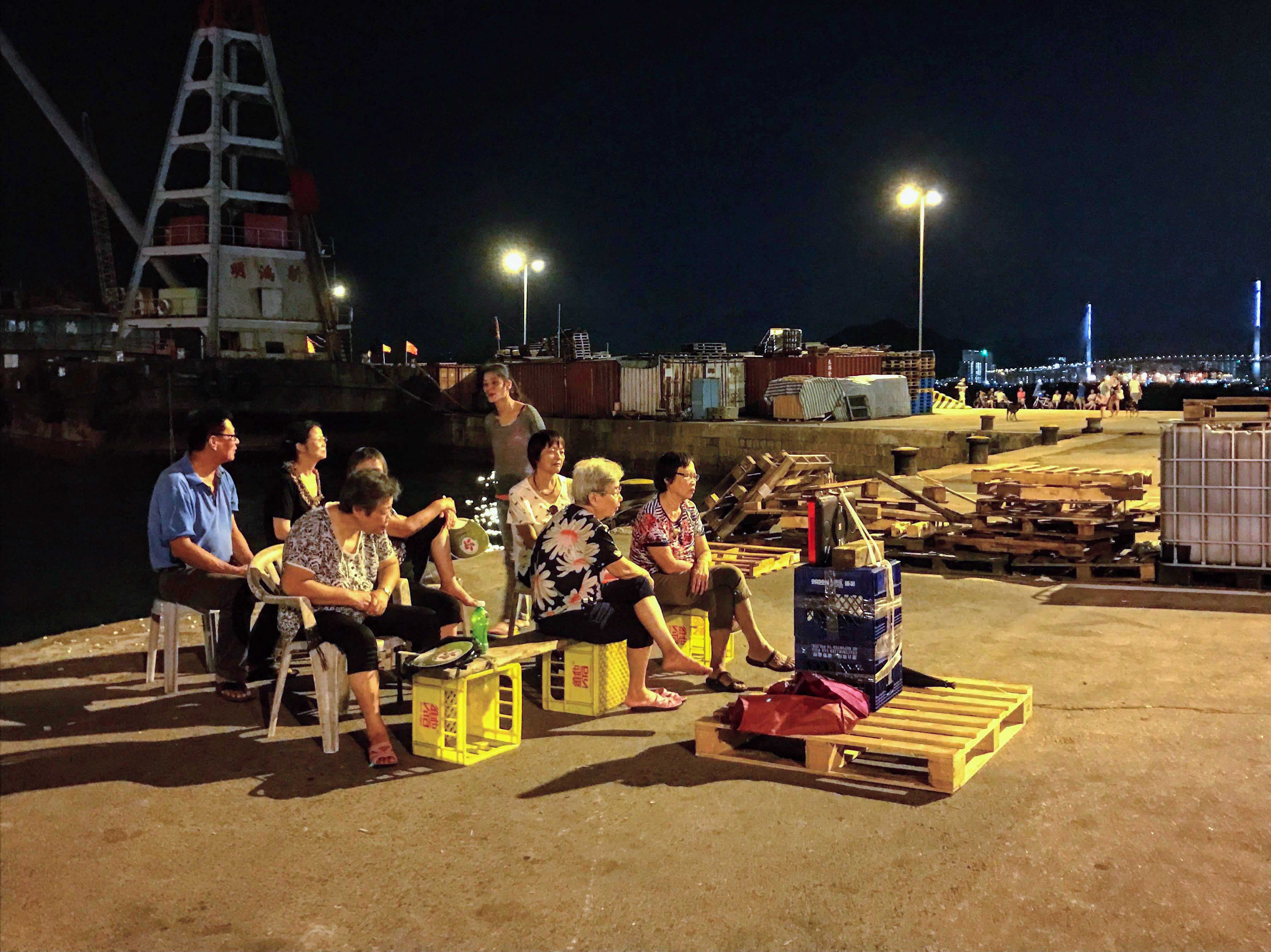
In spite of the lack of welcoming public spaces in the city, some Hong Kongers are sympathetic with the MD’s situation. Locals are usually wary of visitors who take over their neighborhood after it becomes a social media trend. Meanwhile, others think it’s dangerous for the public to hang out at the pier because there are no fences by the water and industrial vehicles operate in the same area. The MD has raised concerns time and again of the public disturbing operations at Instagram Pier. There have been reports of damaged construction materials, vandalized shipping containers, overnight campers, and drunk people hurting the guard dogs. Ma has heard of similar stories.
“It’s kind of unfair to the people who have been going there peacefully, and to the [MD]. But [the officials] have to do what they have to do,” she said.
In light of the pier’s closure, citizens are now looking for a new public space to unwind.
“The best thing about the pier is that it’s convenient. There are lots of other areas where you can hike and get clean air, but it’s just not as convenient,” Virginia Chan, a 35-year-old entrepreneur living in Sai Wan’s Kennedy Town, told VICE World News. “I think the government should do its part in helping us live a healthier lifestyle by having these areas where we can relax.”

